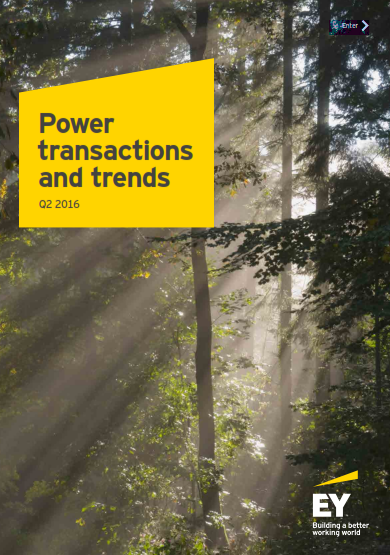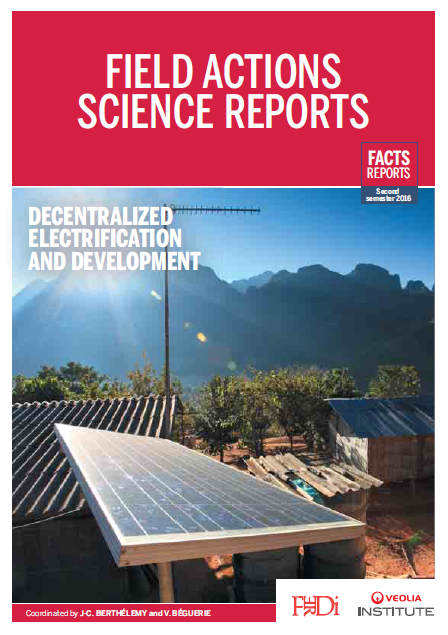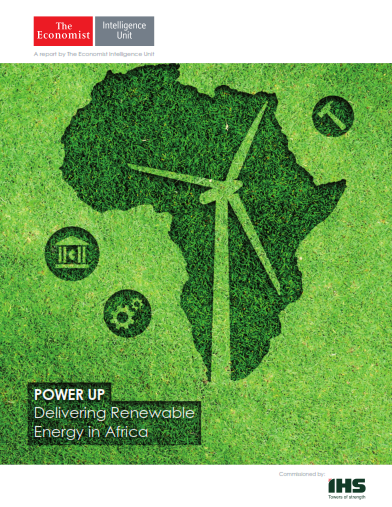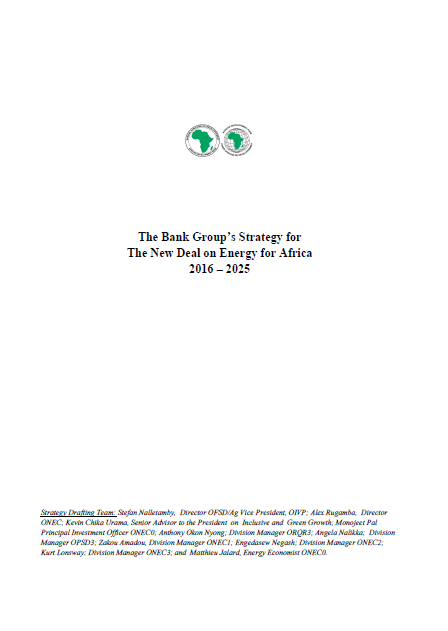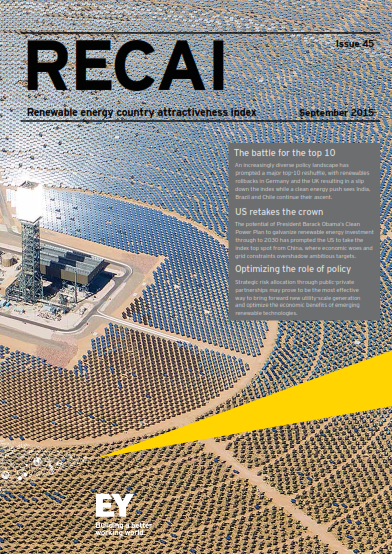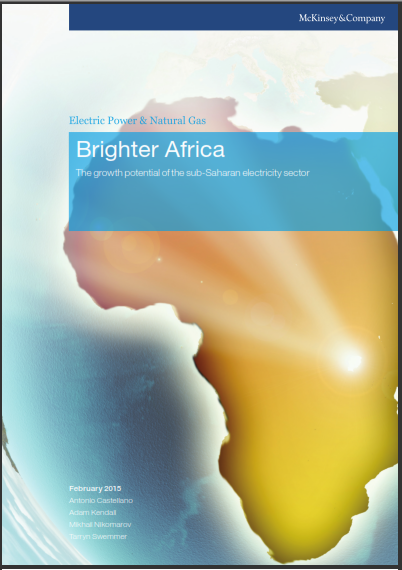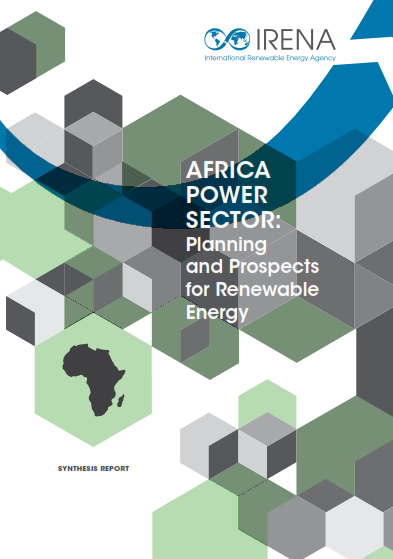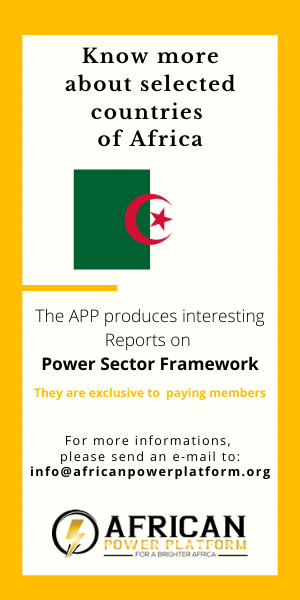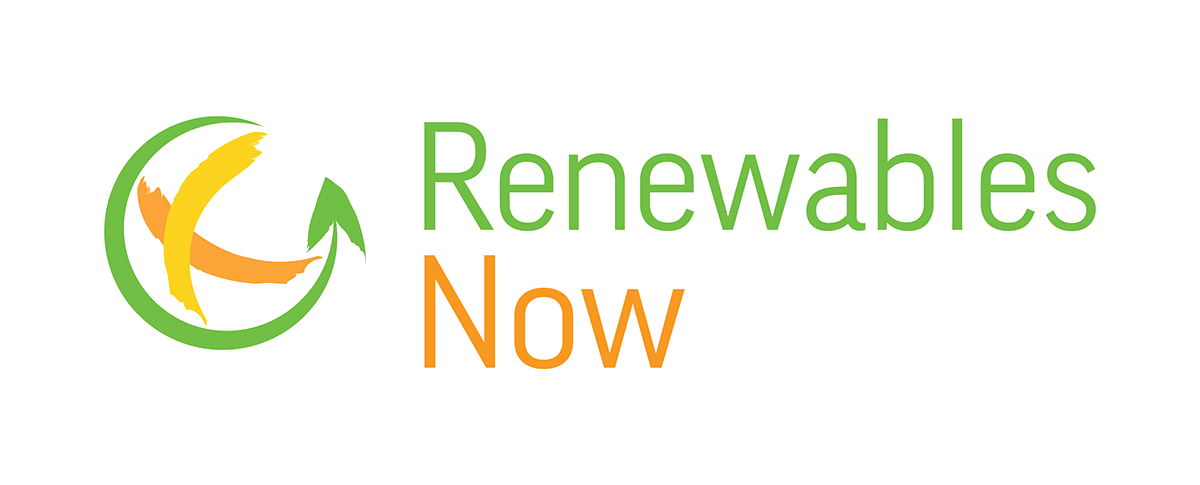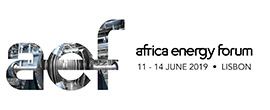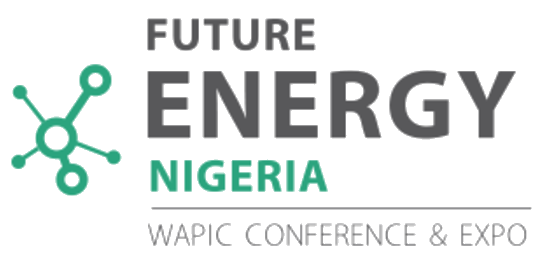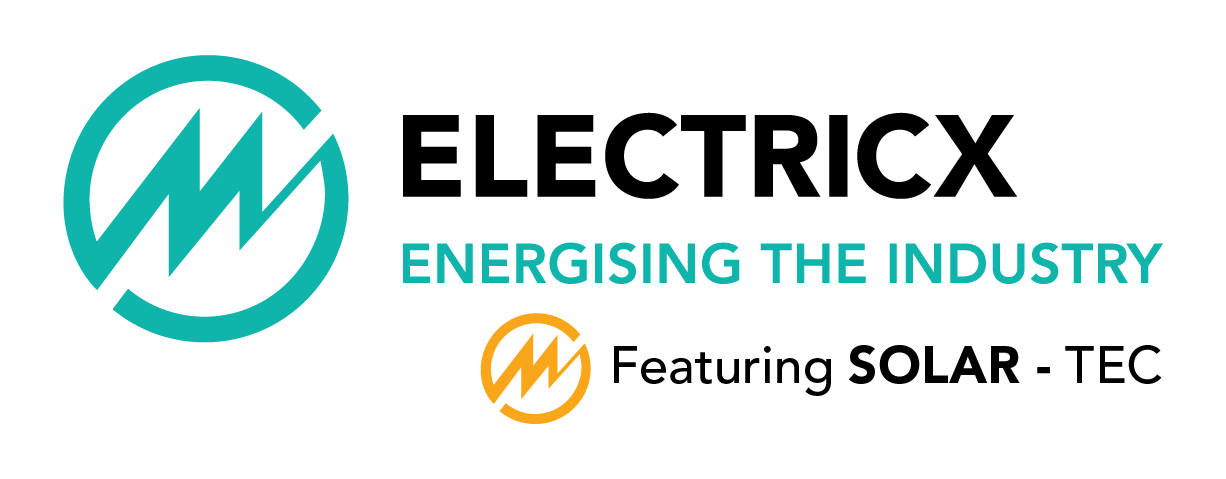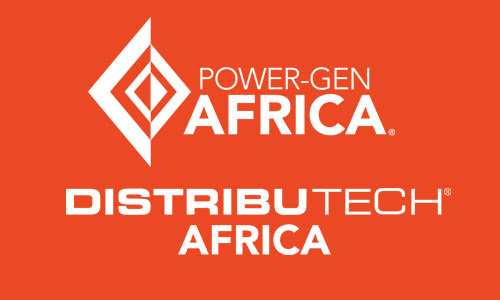We post here the relevant reports for the power sector in Africa. Feel free to join our efforts and share us any other you may have found. We'd be glad to add them to the list. Just sent an email to This email address is being protected from spambots. You need JavaScript enabled to view it.
Browse by Region:
Publication date: 2016, January
Author: McKinsey & Company
Description: If the world is serious about meeting the Sustainable Development Goals, including climate goals, accelerating the flow of private capital into sustainable infrastructure has to be part of the answer to building and sustaining urban, transport, water, and energy systems that the world needs. This report examines how to make that possible.
Download Report >>
Publication date: 2016
Author: World Bank
Description: The objective of this study is to evaluate the experience of IPPs and identify lessons that can help African countries attract more and better private investment. At the core of this analysis is a reflection on whether IPPs have in fact benefited Sub-Saharan Africa, and how they might be improved.The objective of this study is to evaluate the experience of IPPs and identify lessons that can help African countries attract more and better private investment. At the core of this analysis is a reflection on whether IPPs have in fact benefited Sub-Saharan Africa, and how they might be improved.The analysis is based primarily on in depth case studies, carried out in five countries, including Kenya, Nigeria, South Africa, Tanzania and Uganda, which not only have the most numerous but also among the most extensive experience with IPPs.
Download Report >>
Visit Website >>
Publication date: 2016
Author: REN21
Description: This year’s report clearly demonstrates the enormous potential of renewables. However, to accelerate the transition to a healthier, more secure and climate-safe future, we need to build a smarter, more flexible system that maximises the use of variable sources of renewable energy and that accommodates both centralised and decentralised as well as community-based generation.
Download Report >>
Publication date: 2016
Author: UNEP
Description: The traditional model of rural electrification in Sub-Saharan Africa (SSA) mainly involves donor and government-supported programs. Recently, however, a rapid and significant increase has occurred in the sale of pico-scale solar products throughout SSA. This development is driven by an increasing number of private firms supplying pico-scale solar systems to customers, on a commercial basis, in order to serve their electricity and lighting needs.
Download Report >>
Publication date: 2016
Author: AREI
Description: Africa Renewable Energy Initiative: Transitioning Africa to a renewable energy powered future with access for all.
Download Report >>
Publication date: 2016
Author: EY
Description: This Q2 2016 edition of Power transactions and trends reviews quarterly deal activity within the power and utilities (P&U) sector and forecasts the trends that will shape future mergers and acquisitions (M&A).
Download Report >>
Publication date: 2016
Author: Veolia Institute
Description: This isue of FACTS deals with a social and technological revolution that is still in its early days: decentralized energy in developing countries. The full impact of this revolution is yet to be determined, but it is sure to be profound. In a conservative scenario, which would already represent a great success, this revolution would ba a phase of acceleration towards the centralized model of industrial countries. In a more optimistic scenario, the revolution would create (notably in Africa, which is the ideal region for such) a new energetic model that is the complete opposite of centralized models. And taking the scenario to its extreme, the revolution would spread to industrialized countries, thus becoming a new example of "reverse innovation".
Download Report >>
Publication date: 2016
Author: AfDB
Description: This paper, and subsequent papers in the Green Mini-Grid Market Development Programme (GMG MDP) document series, analyses the issues involved with developing green mini-grids for rural electrification. These are mini-grids powered by renewable energy resources – solar radiation, wind, hydropower or biomass – either exclusively or in combination with diesel generation.
Download Report >>
Publication date: 2016
Author: The Economist
Description: “Power Up: Delivering renewable energy in Africa” is an Economist Intelligence Unit report on renewable energy infrastructure in Sub-Saharan Africa, with a focus on solar and wind. Findings are based on desk research and expert interviews and the report includes fieldwork in Nigeria, Zambia and Uganda.
Download Report >>
Visit Website >>
Publication date: 2016
Author: World Bank
Description: Examination of the financial viability of power sectors in 39 countries in Sub-Saharan Africa shows that only two countries have a financially viable power sector, and only 19 cover operating expenditures. Quasi-fiscal deficits average 1.5 percent of gross domestic product. If operational inefficiencies can be eliminated, power sectors in 13 countries become financially viable. In the remaining two-thirds of the countries, tariffs will likely have to be increased even after attaining benchmark operational efficiency. Analysis of power tariffs in another 39 African countries shows that about half of them have small first blocks with low lifeline rates. Data from national household expenditure surveys in 22 African countries show that the subsistence level of grid electricity is affordable to the vast majority of the population in many countries with low rates of access. However, benefits of progressive tariffs are compromised by the widespread practice of multiple connections, prompted by high costs of grid connection. Examination of the sex of the head of household shows that female-headed households are not disadvantaged in electricity use once income and the place of residence (urban or rural) are taken into account. However, female-headed households tend to be poorer, making it all the more important to focus on helping the poor.
Download Report >>
Visit Website >>
Publication date: 2016
Author: AfDB
Description: The New Deal on Energy for Africa is a partnership-driven effort. To achieve and drive towards this goal, the AfDB is working with governments, the private sector, bilateral and multilateral energy sector initiatives to develop a Transformative Partnership on Energy for Africa—a platform for public-private partnerships for innovative financing in Africa’s energy sector.
Download Report >>
Publication date: 2015, December
Author: AFD
Description: The paper delivers several recommendations that indicate that more attention needs to be given to issues related to planning, procurement and contracting as well as securing revenue flows.
Download Report >>
Visit Website >>
Publication date: 2015, October
Author: AREI
Description: The Africa Renewable Energy Initiative (AREI) is a transformative, Africa-owned and Africa-led inclusive effort to accelerate and scale up the harnessing of the continent’s huge renewable energy potential. Under the mandate of the African Union and endorsed by African Heads of State and Government on Climate Change (CAHOSCC) the Initiative is set to achieve at least 10 GW of new and additional renewable energy generation capacity by 2020, and at least 300 GW by 2030.
Download Report >>
Publication date: 2015, October
Author: IRENA
Description: Regional cooperation is crucial in bringing about the efficiencies and economies of scale by deploying renewable energy technologies in a coordinated manner. Such an approach is particularly effective in large-scale deployment of shared renewable resources for power generation. Adopting an integrated approach to trans-boundary issues such as trade, regulatory frameworks and policies, regional infrastructure and other cross border issues would allow the countries to benefit from accessing regional renewable resources at affordable prices.
Download Report >>
Publication date: 2015, September
Author: EY
Description: In a world increasingly demanding 24-7 power and using greater electrification as a catalyst for economic growth and job creation, never before has affordable and sustainable energy been so important. But even more critically, never have we needed so much of it.
Download Report >>
Publication date: 2015, July
Author: PwC
Description: The survey goes to the heart of boardroom thinking in utility companies and other sector stakeholders across the continent. It supplements our Global Power & Utilities Survey with a deeper dive into the African power utility sector.
We look ahead to the future world of electricity in Africa as well as taking a hard look also at the key challenges the power sector faces today. The changes that lie ahead are of great potential significance. New technologies, unforeseen possibilities, different ways of generating, distributing, storing and using electricity will all play their part.
Download Report >>
Visit Website >>
Publication date: 2015, July
Author: ESMAP / SE4ALL
Description: This new report entitled Beyond Connections: Energy Access Redefined, proposes a new multi-tier framework for defining and measuring access to energy. Binary metrics -- whether a household has an electricity connection, and whether a household cooks with fuels like charcoal or dung -- don’t help us understand the phenomenon of expanding energy access and how it impacts socio-economic development. The framework covers not just energy for households, work spaces and community facilities.
Download Report >>
Visit Website >>
Publication date: 2015, February
Author: McKinsey & Company
Description: The report offers a management perspective on important topics in the energy sector across Africa, including electricity, Grand Inga – a proposed hydroelectric dam on the Congo River at Inga Falls in the Democratic Republic of the Congo, job creation, and the role of natural gas and renewable energies.The report offers a management perspective on important topics in the energy sector across Africa, including electricity, Grand Inga – a proposed hydroelectric dam on the Congo River at Inga Falls in the Democratic Republic of the Congo, job creation, and the role of natural gas and renewable energies.It also provides real-world examples from McKinsey aimed at helping governments, private sector investors and multilaterals navigate the sector’s development.Adam Kendall, McKinsey & Company Principal says the company chose to analyse electricity in the African context because they combine immense social impact with attractive investment opportunities.
Download Report >>
Visit Website >>
Publication date: 2015
Author: IRENA
Description: This report presents a summary of IRENA’s first attempt to systematically assess the prospects for renewable energy deployment in the African power sector by 2030. Sub-regional least-cost energysupply options are explored under different policy assumptions using IRENA’s System Planning Test (SPLAT) model. The report was prepared using the work of six previously prepared IRENA studies.
Download Report >>
Visit Website >>
Publication date: 2015
Author: IFC
Description: The objective of this guidebook is to enhance the reader’s understanding of how to successfully develop, finance, construct, and operate utility-scale solar PV power plants. It is aimed at project developers entering the market, and meant as a reference source for contractors, investors, government decision makers, and other stakeholders working on PV projects in emerging markets. This report is a substantially expanded version (second edition) of an earlier IFC publication, “Utility-Scale Solar Power Plants,” which was released in 2011. Substantial progress in the number of PV projects implemented globally and dramatic reduction in PV technology prices justified the need for an update in this fast moving market.
Download Report >>
Visit Website >>










